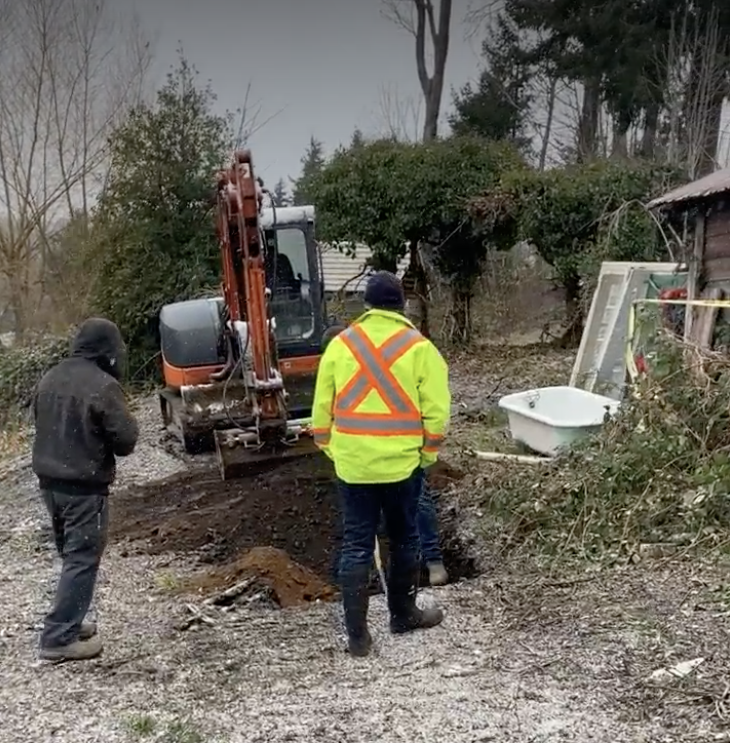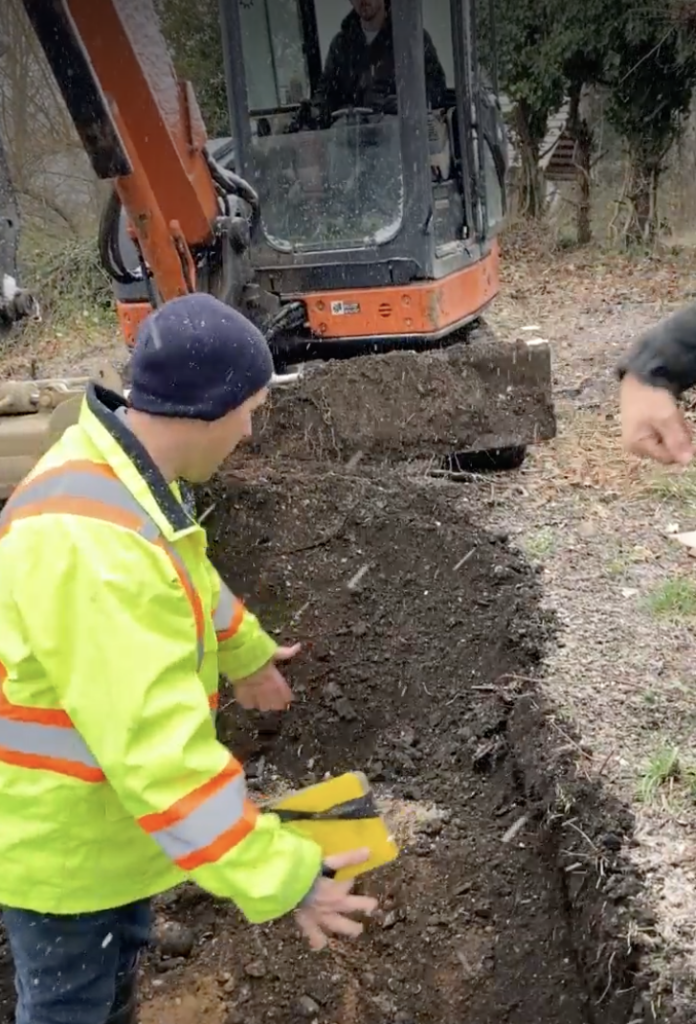You’ve found the perfect oceanfront home but it could use a bit of an update. First step, finding the right builder and start working on the permits. But what happens when you start the process and find out your home is actually in an archeological area?
This is exactly what happened to our client. She purchased a beautiful antique home built in 1901 overlooking the ocean. The client loved the layout of the home but it needed major repairs. That’s when Alair North Island got involved.
We soon realized that it would cost a lot more to renovate the home than to build anew. (Not to mention that an engineer would never sign off on the existing post and block foundation.)
So we set out to acquire the new building permit. But we quickly found out that the home was in an archeological area.
The unfortunate part of this story is that the realtors involved in the sale didn’t know anything about this. And there was no mention of it on the property title, therefore lawyers were unaware of it at the time of purchase as well.
It was time for all involved to get more informed about building in an archeological area.
What is an archeological area?
An archeological area is an area of land that is protected under the Heritage Conservation Act governed by the Province of BC and the First Nations of that area. This land has historical, spiritual and educational value to archaeologists, First Nations, local communities and the public.
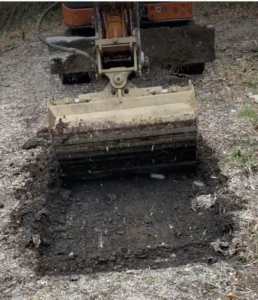
What to know before you start building?
If you want to build on such a site, it requires additional permitting before site alterations, excavation, or even some test-digging.
Permitting can take a while at the best of times. But obtaining these permits can be time consuming.. That’s because a lot of parties are involved, including the Archaeologist, First Nations, and the Province. All of this can cause delays and lead to cost increases of a project.
On this most recent build, we have been told Archaeological permitting will take 12 to 15 months. That said, this can increase or decrease due to any number of factors.
How does this affect construction?
When we build on such a site, construction methods need to be taken into consideration. Our goal is to protect the client and their investment and with as little to no ground disturbance as possible.
If the new home or renovation requires any ground testing, say for a septic design, you may be required to wait until the permits are received from the Archaeologist. That can cause delays with the Building Permit Application.
Once a permit is obtained and it comes time to build, the archeologist and First Nations Guardian are there to oversee the initial excavation or dig. If no artifacts are found, they may leave you to continue with excavation. That said, should any item that resembles an artifact or bone be found, excavation must come to a full STOP immediately.
One thing to note, this procedure actually applies to all excavations, not just ones on archaeological sites. It’s just more likely to happen in an archaeologically identified area.
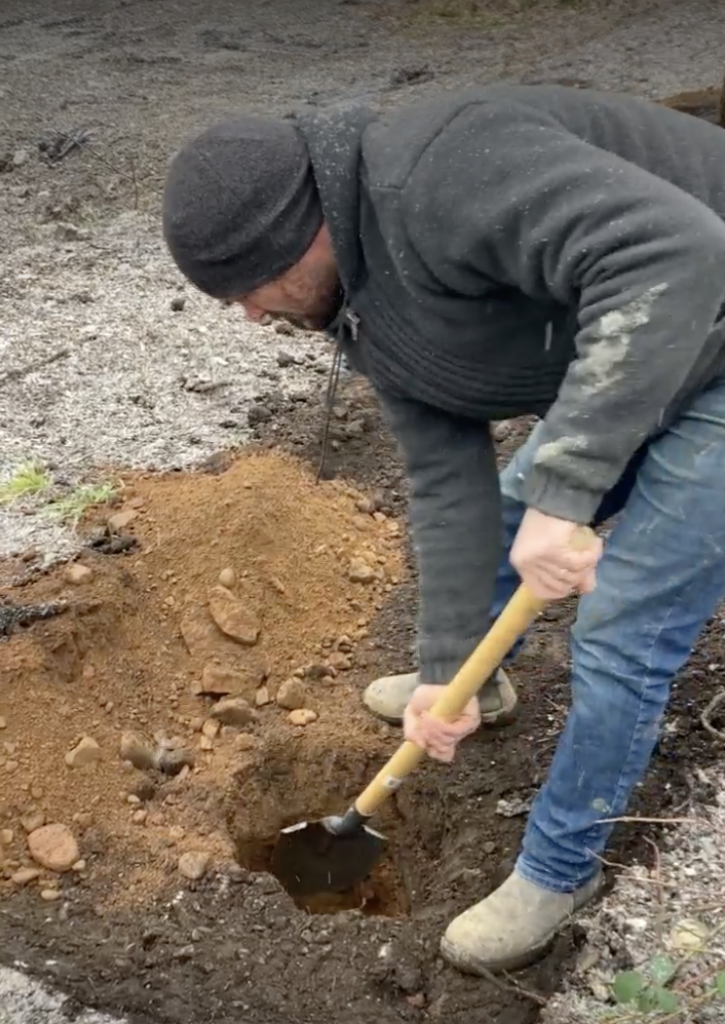
How often does this happen?
This is the first time we’ve built on an archeological area at Alair North Island. However, we believe that this may become increasingly common. There is a push, justifiably so, to preserve any artifacts found in the ancestral land of the First Nations.
How do I find out if my lot is in an archeological area?
Archaeological properties should be registered on the title, but we have found that this is not always the case. For house or land buyers, their first line of defense is their Real Estate agents. We recommend working with a realtor who’s very familiar with the area, zoning and bylaws.
The next stop would be to contact First Nations and then the local municipality.
Records can be obtained through the Province of BC website through an Archaeological Information Online Request Form. But keep in mind that according to the site, lead times are an estimated 4 months. These documents are free but only to private property owners, realtors, lawyers, professional archaeologists, and First Nations. For more information you can ask your local archaeologist or the Ministry of Forest Lands and Natural Resource Operations:
Ministry of Forest Lands and Natural Resource Operations
Email: [email protected]
Phone: 250-953-3334
Location: Main Floor – 1250 Quadra Street, Victoria BC
There are a few other organizations and governing bodies that have information about archeological sites. Those include the Accredited Archaeological Researchers and Consulting Community and First Nations.
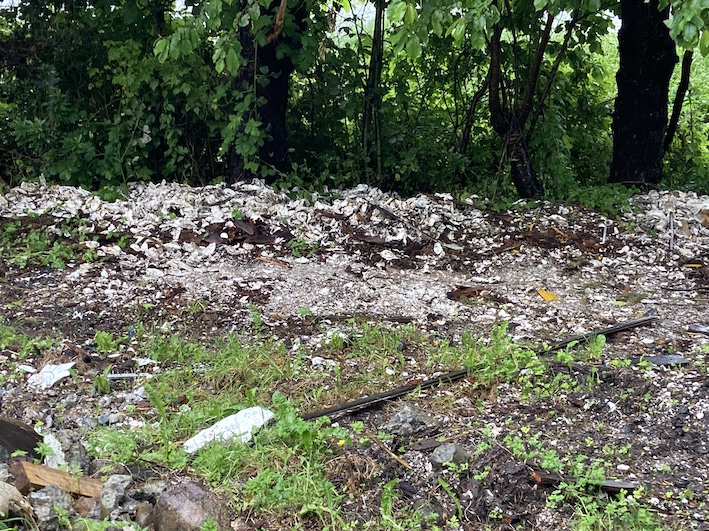
Midden, a combination of shells and dirt
What builders need to know
There are three different permits you can apply for when building. It is typical to obtain 3 out of the 4 permits listed below:
- Heritage Inspection Permit
- Heritage Investigation Permit*
- Site Alteration Permit*
- CHIP Permit – Central Heritage Investigation Permit – Local First Nations*
*Builders should check with the local band to see what provisions and permit requirements they have. For instance, the Komox First Nations has the following guidelines.
Permits are required within all areas having high archaeological potential, including:
- Within 200 metres around all recorded archaeological sites, and/or
- Within 200 metres of all major waterways (rivers, lakes and large creeks)
Final Thoughts
These lots usually reside along the coastline and tend to be more costly due to their and beach access. With a limited amount of land for sale on Vancouver Island, properties are selling all the time at full price with no knowledge of their additional regulations.
We at Alair want to protect buyers by educating them about this matter. Our aim is to help mitigate the risk for our clients during construction. If you are considering building on an archeological site, please do get in touch!
